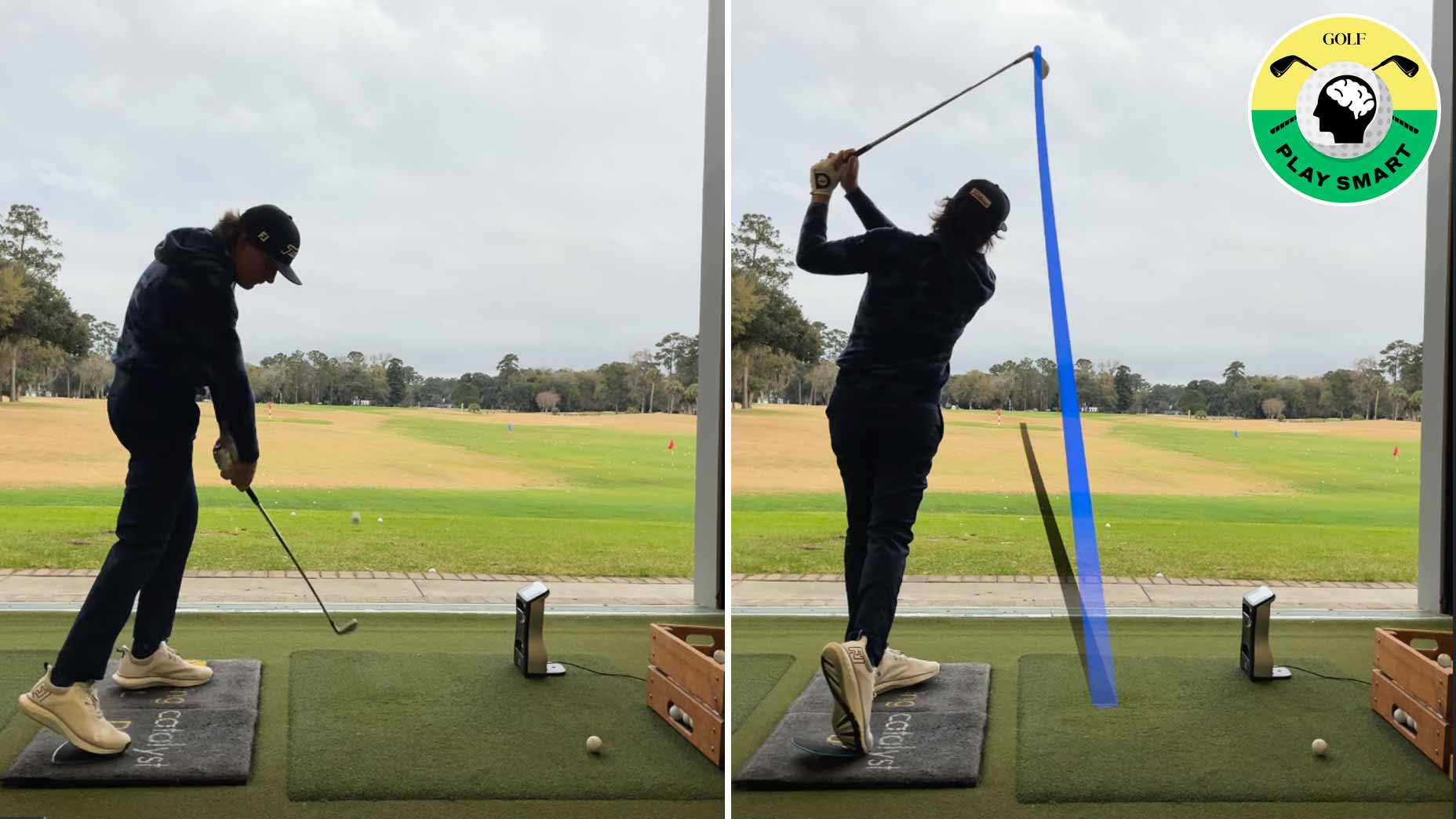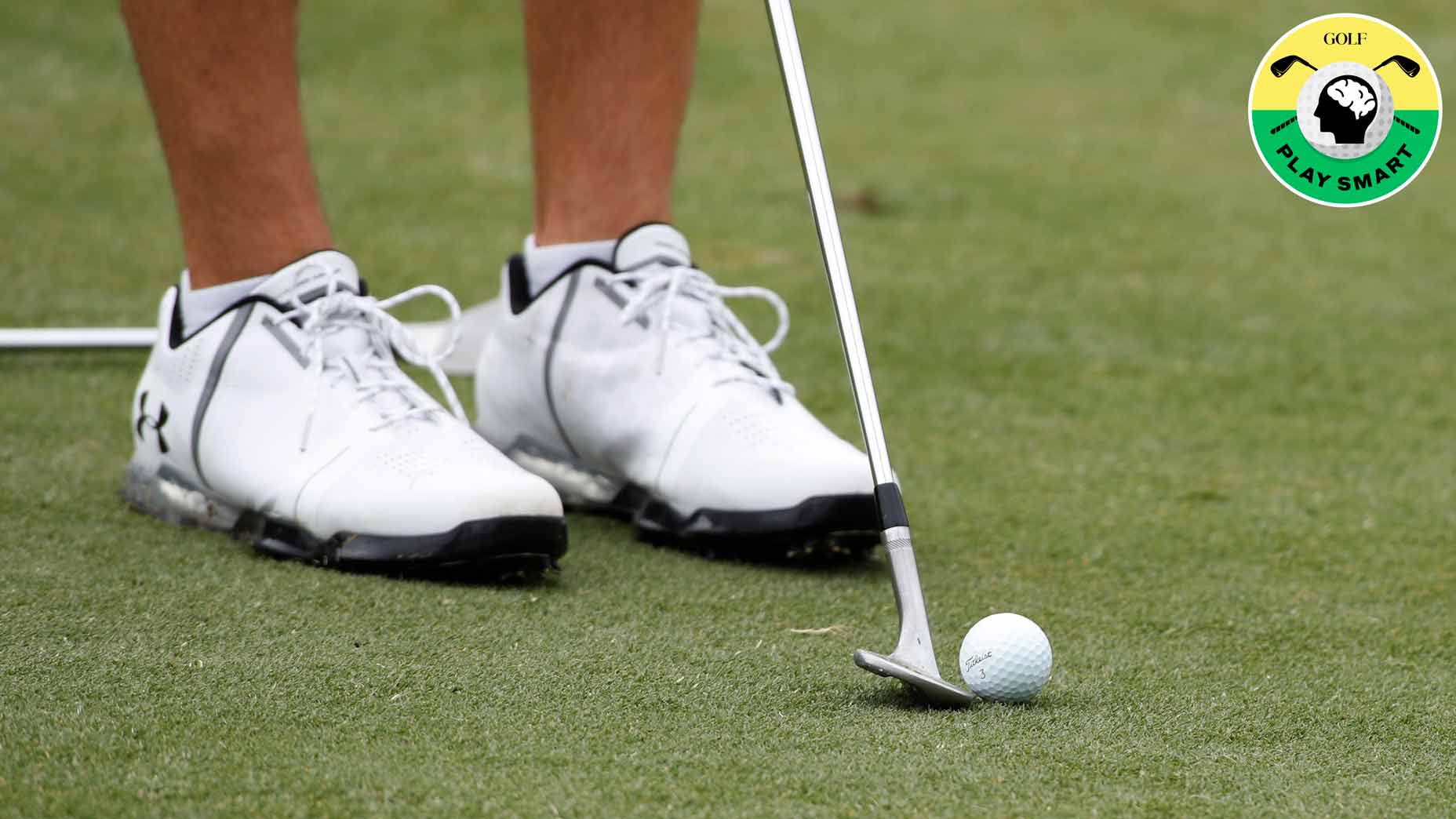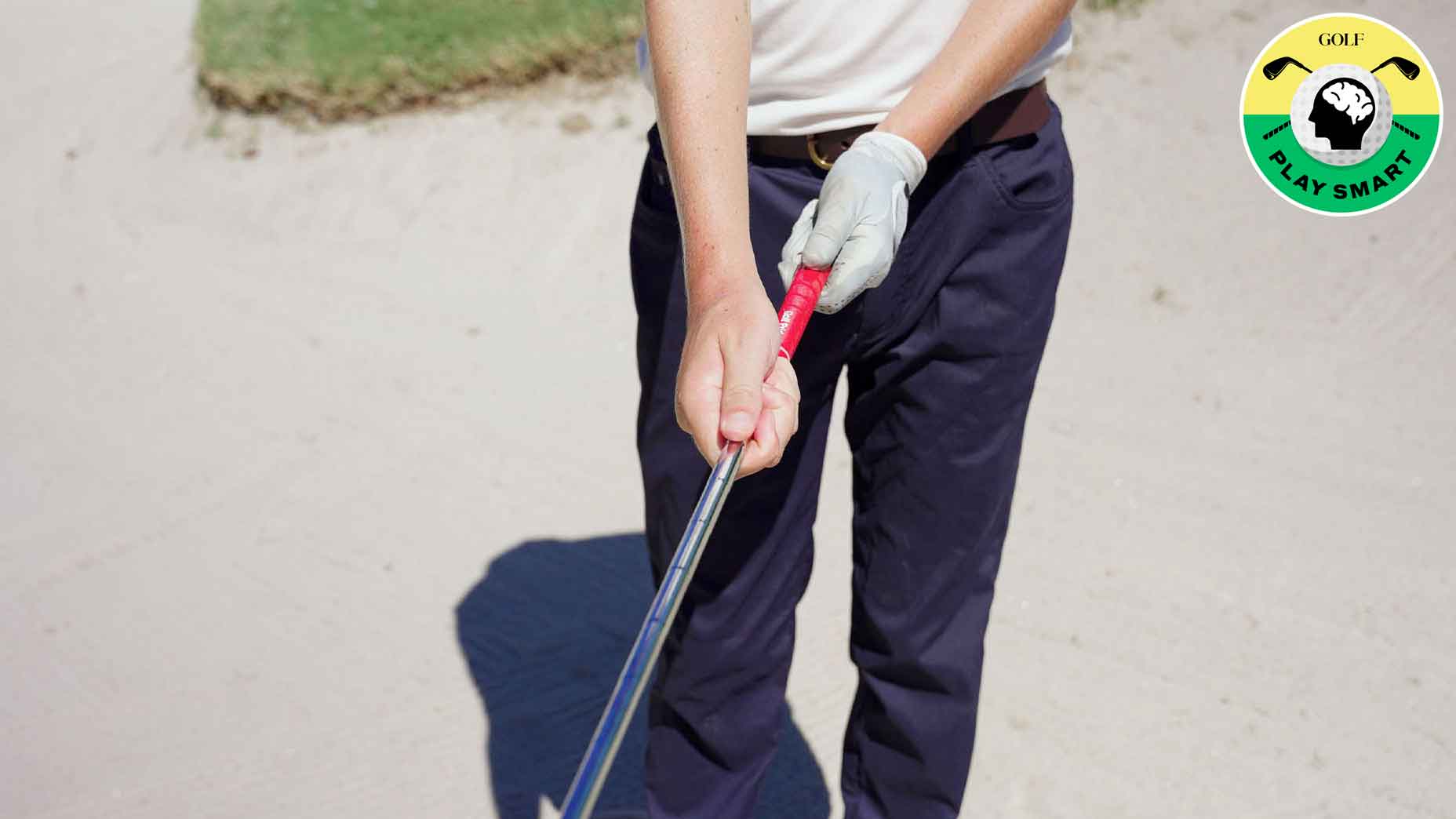Welcome to Play Smart, a game-improvement column that drops every Monday, Wednesday and Friday from Game Improvement Editor Luke Kerr-Dineen (who you can follow on Twitter right here).
Golf is a game that’s played over a lifetime — which means the journey to keep improving never actually stops. In that vein, for today’s Play Smart, we’ll be looking at a few evidence-based things golfers can do to make sure their games age gracefully.

1. Eat less than you used to…
Your metabolism slows as you get older, which means your eating habits may stay exactly the same, but you’re more likely to gain weight anyway. Gary Player, who in many ways kicked off the fitness revolution in golf, says he has adopted a diet of eating “half as much as he used to,” and says that monitoring your diet ticks up in importance as golfers age:
“I now put eating at 60 percent because as you get older, you put on weight, and weight stops a train,” Player says. “When you get heavier and try to swing with the same force you did as a young person, which you can’t do but you’re trying to do it, that’s a quick way to get an injury.”

2. …but incorporate more protein
Golfers also tend to lose more muscle mass as they age. Staving off those effects means strength training and replenishing those muscles with more protein. It’s something that often goes overlooked — a recent study suggests that seniors aren’t eating enough protein — so while your diet may need adjusting as you age, a healthy one for older golfers should probably skew more towards protein.
3. Stretch more (especially your hips)
Golfers’ flexibility will often wane as they get older, and if you’re sitting at a desk all day, your hip mobility will be one of the most drastically-affected areas of your body. Maintaining mobility in your hips requires an active routine of stretching, which will allow for more rotation in your hips for a more powerful turn.

4. Longer, lower-heart rate activities
While there are certainly benefits to getting your heart pumping (we’ll get to one of those shortly), there’s also evidence that some of the best training golfers can do as they age resides in “zone 2” level training. This, in a nutshell, is longer, slower exercises, where your heart rate is running at a slightly elevated but consistent level. Walking the golf course is a great example of this kind of activity, and it can all amount to some genuine health benefits.

5. Speed train
Your distance will likely wane as you get older — but it doesn’t need to! You’re never too old to speed train, and it can go a long way in helping you hit the ball further, for longer. It doesn’t need to be difficult, either. You can invest in a launch monitor and devote an hour a week of swinging all-out, not worrying about direction. Or you can adopt an official training system. There are lots of good options out there, but whatever you choose, you’ll come out the other end swinging faster.










